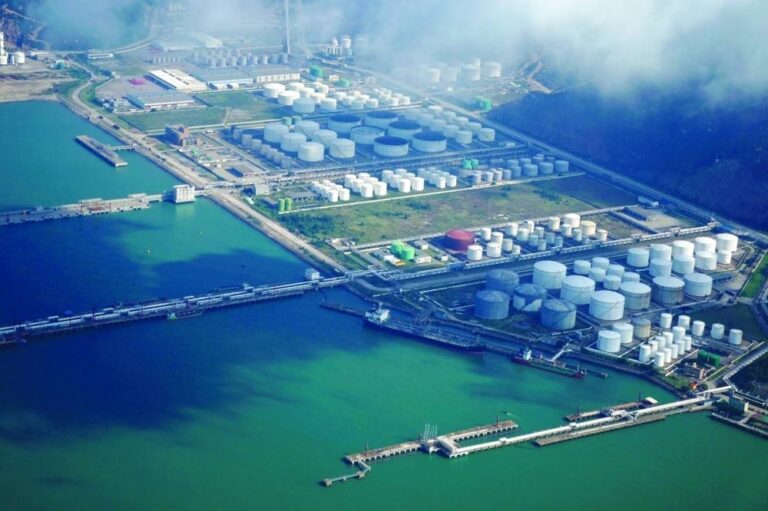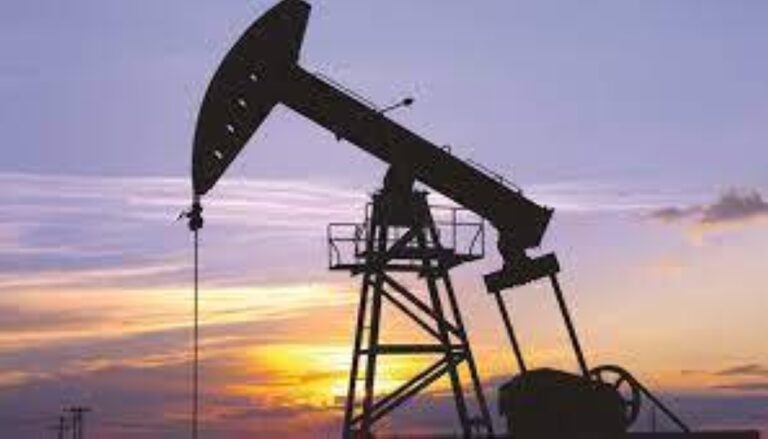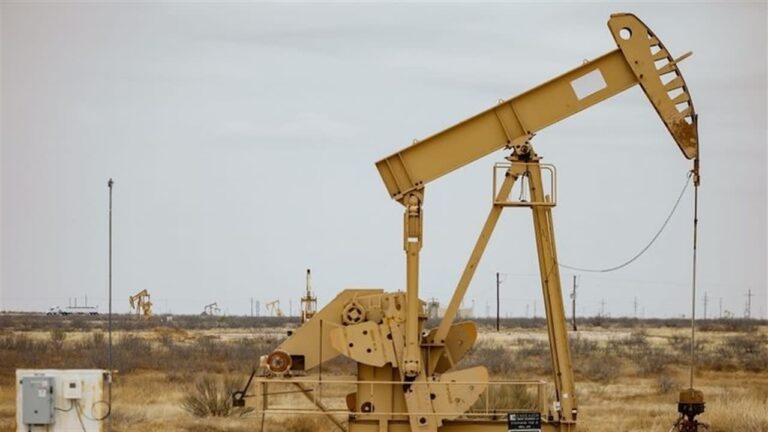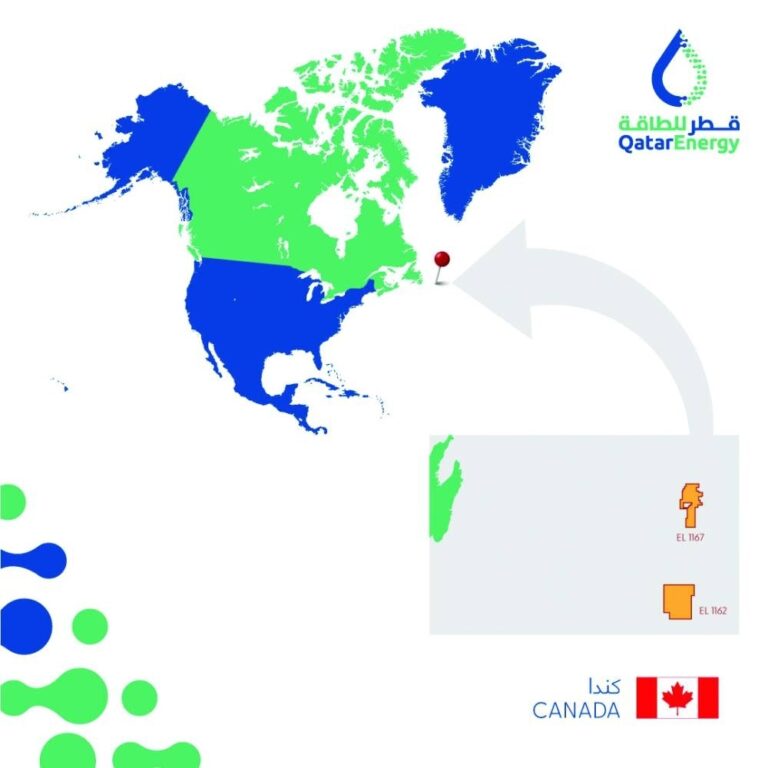Qatar LNG fleet expansion underpins domestic expansion of its North Field project, investments in US Gulf Coast: GECF
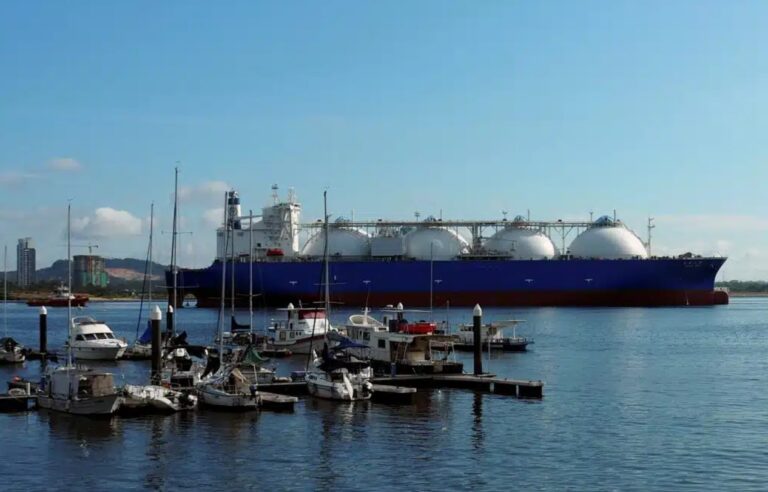
Qatar’s LNG fleet expansion will underpin its domestic expansion of the North Field project, as well as investments in the Golden Pass LNG terminal in the US Gulf Coast region, Gas Exporting Countries Forum (GECF) has said in a report.
To accomplish this, it has been reported that Qatar has secured booking slots at all of the major South Korean shipbuilding yards over the next five years, for orders of around 100 new carriers, GECF said in the fourth edition of its Annual Gas Market Report.
At the end of 2022, the global LNG carrier fleet stood at 677 vessels.
Although the total has gradually increased, only 28 new vessels were commissioned in 2022. This represented growth of 4%, which was the lowest increase since 2013, it said.
As observed in the recent historical trend since 2010, the years in which there is a sharp increase in the fleet growth rate are typically followed by a drop in the subsequent year.
Accordingly, this was repeated in 2022, with just over 4,600,000 cubic metres of LNG carrier capacity entering into service, merely half of the capacity commissioned in 2021.
Nevertheless, most of these new builds were of the capacity range between 170,000 and 200,000 cubic metres; in recent years, this new conventional class of carriers has been phasing out the previous standard range of 125,000 to 170,000 cubic metres.
Additionally, around 240,000 cubic metres of “mid-sized” LNG carriers were brought online in 2022.
This, GECF noted, is an “important” growing niche market for LNG transportation, demonstrated by a further 320,000 cubic metres of capacity already confirmed on the global LNG carrier orderbook.
Of the vessels for which the technical specifications are known, around 170 of the new conventional-sized carriers are on order for delivery between 2023 and 2026.
In respect of LNG shipments, GECF noted that in 2022, the number of LNG cargoes traded globally reached 6,210, increasing 2% over the total number of shipments in 2021.
This continued the trend of more cargoes being traded annually in each of the past five years, except during the initial breakout of the pandemic in 2020.
Compared with 2021, the number of LNG shipments per month was greater for most of 2022; over the year, the monthly average number of cargoes was 518 compared with 506 in 2021.
For the fourth consecutive year, Australia delivered the highest number of LNG cargoes.
In 2022, just as in 2021, the US, Qatar, Russia, and Malaysia completed the top five exporters by number of shipments.
The US also had the highest increase in number of cargoes, recording an additional 81 more shipments in 2022 than in 2021.
The second highest increase was attributed to Norway, which loaded 49 cargoes from the restarted Hammerfest LNG terminal since June 2022.
The increasing trend in global LNG shipments is expected to continue in 2023 as per the overall growth in LNG demand. Furthermore, LNG shipping would be boosted by the restart of the Freeport LNG plant in the US, and increased cargo imports in Europe and Asia Pacific.
However, the LNG shipping market may experience tightness due to new IMO regulations in 2023 and further ahead, GECF noted.




